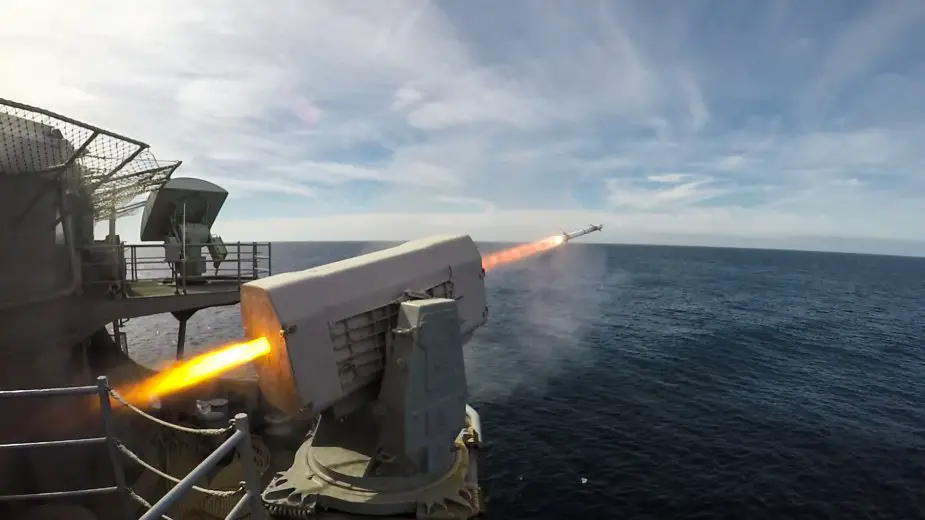Tragedy of the ARA San Juan
It is with great sadness that we learn the confirmation of the sinking of the ARA (Armada of República Argentina) San Juan (TR1700), one of the three submarines of the Argentine Navy. They were 44 submariners (see below) - including the first South American submarine (Teniente de navío Eliana María Krawczyk) - on a routine mission like many other submarines around the world. In view of all the statements given, one hypothesis is that the submarine was lost on 15 November. Its position remains to be determined and, depending on the latter, the visit of the wreck will most likely be within reach of a very small number of nations
The ARA San Juan communicates for the last time Wednesday, November 15 at 7:30 am (local time - 11:30 am in Paris). The signal is bad and its location looks very complicated, thereby increasing the search area which will, it seems, 500 000 km² is almost the area of metropolitan France. The procedure would be that in case of loss of the means of communication the boat will come up in time of peace. In addition, the ARA San Juan had reported during this last communication a battery failure. One of the worst dangers for a submarine. He was sailing near Ushuaia as he was taking the road to his home port of Mar del Plata. The commander hoped to reach it on November 19 or 20. The ARA announces as early as 15 November that communication with the boat is lost. On the 18th, seven satellite calls to Argentine naval bases are interpreted as an attempt to communicate the submarine which could then have surfaced. Subsequently, and while these calls are not recognized how could have been issued by the crew of the San Juan, noises are recorded and announced on the 20th. The hope is revived but immediately denied the same day. Oxygen reserves and air decontamination capabilities are announced to have a useful effect for seven days.
The ARA San Juan communicates for the last time Wednesday, November 15 at 7:30 While many imagine a submarine between two waters or placed on the bottom in an atmosphere gradually becoming toxic, the fate of the submarine is disastrous. makes known. Around November 22, it is officially announced that a "noise" was recorded three hours after the loss of contact of November 15, or around 10:30 (local time, 14:30 in Paris). Whether a military submarine is 30 or 5 years old, it is designed to produce as little noise as possible from the internal equipment to the blades of the propeller. That's why the triptych to hunt such a boat is the frigate-helicopter pair supported, possibly, by a maritime patrol aircraft with sonars towed, dipped and hulled in support. In this case, the noise was recorded by an acoustic station of the Comprehensive Nuclear Test Ban Process Organization. When a network of watch sensors used for detecting nuclear tests manages to hear a submarine, it is almost always because its hull has imploded. It is a seismograph that recorded the sound of the implosions of the hulls of Eurydice and Minerve in France. As of November 23, 2017, the ARA would come to confirm that the "noise" of November 15 was actually an explosion and that the submarine is lost with all its crew.
One of the hypotheses is that the Argentine Navy was aware of the loss of the submarine as a very likely figure of the information it had on November 15 when the routine of the San Juan reports, two broadcasts a day, was interrupted. This is to understand that it is not possible, especially on the human level, to announce to a whole navy, all the crews, and behind, to a whole country, that a boat is lost, without it being localized and without having tried anything. It is therefore perfectly logical for the entire navy to be mobilized in titanic research efforts, calling upon international assistance wherever possible, so that everything is put to the service of the slightest hope. The announcement of the loss of the San Juan comes a whole day after the theoretical extinction of the least reserve of oxygen. It was inconceivable not to have set in motion everything that could be done, and to leave in doubt that a small opportunity might have been abandoned.
The location of the wreckage promises to be one of the issues. Two cases arise: either the boat rests on the continental shelf, or on the ocean floor. There would be nearly 6000 meters difference between the hypotheses. In the first, a submarine rescue capability such as the NATO NSRS is capable of diving up to about 600 meters, while in the second there are relatively few nations in the world capable of diving to the sea. to 6000 meters and maybe even more, that is to say the United States, Russia, China, Japan and France
What could have happened? The only item on the public record is damage to the battery: it can be as much a charge problem as a fire, the last case sometimes leading to an explosion. It is surprising that the San Juan could not surface. The consultation of the last communication will make it possible to appreciate if a fire was in progress, or not, and if the damage, or the damages, can explain why the boat could not reach the surface whereas the ballasts can be operated manually . According to the above mentioned elements, it would take only three hours between a communication of poor quality and the explosion recorded. Rather than the age of the boat, it would be a question of questioning the age and the state of the battery.
The ARA San Juan joins the long list of submarines that have disappeared in peacetime since 1945





